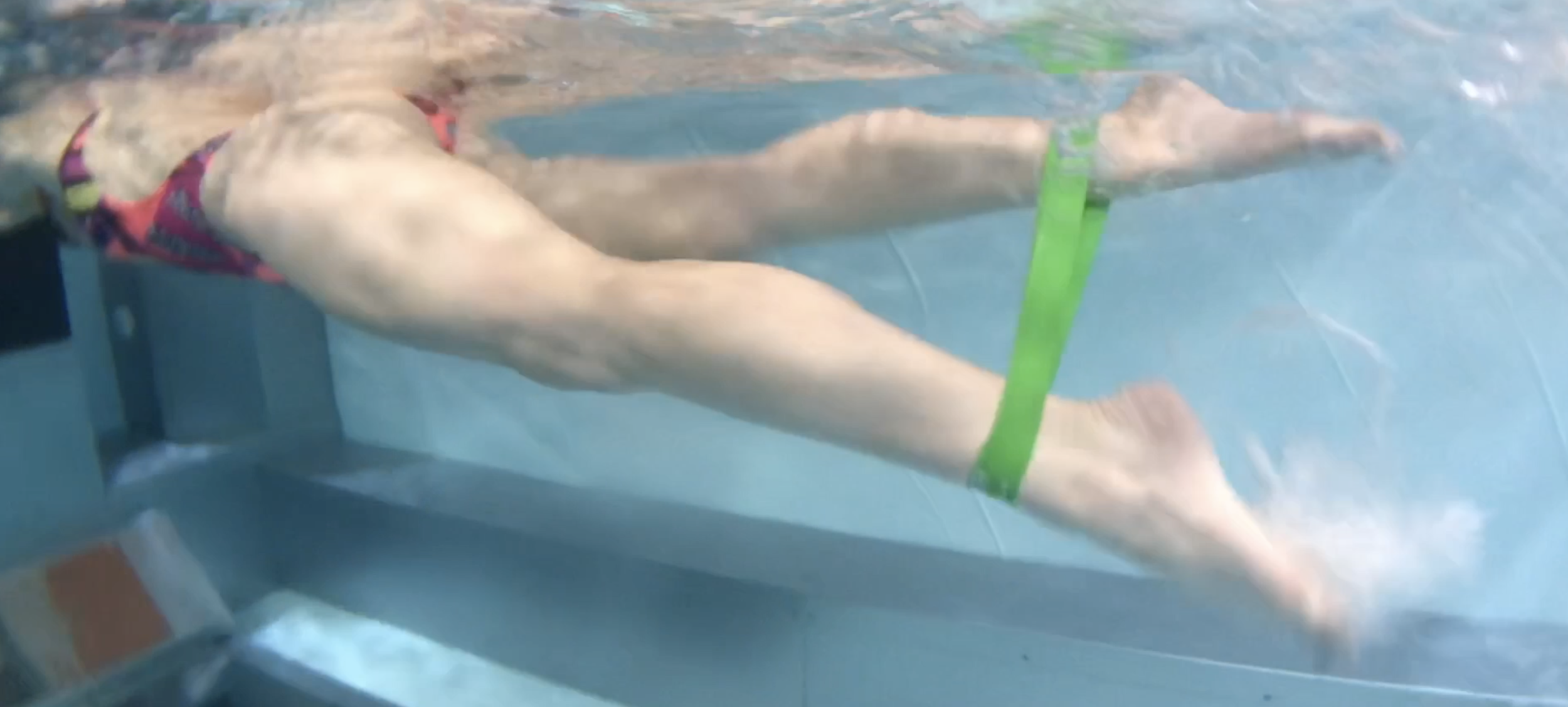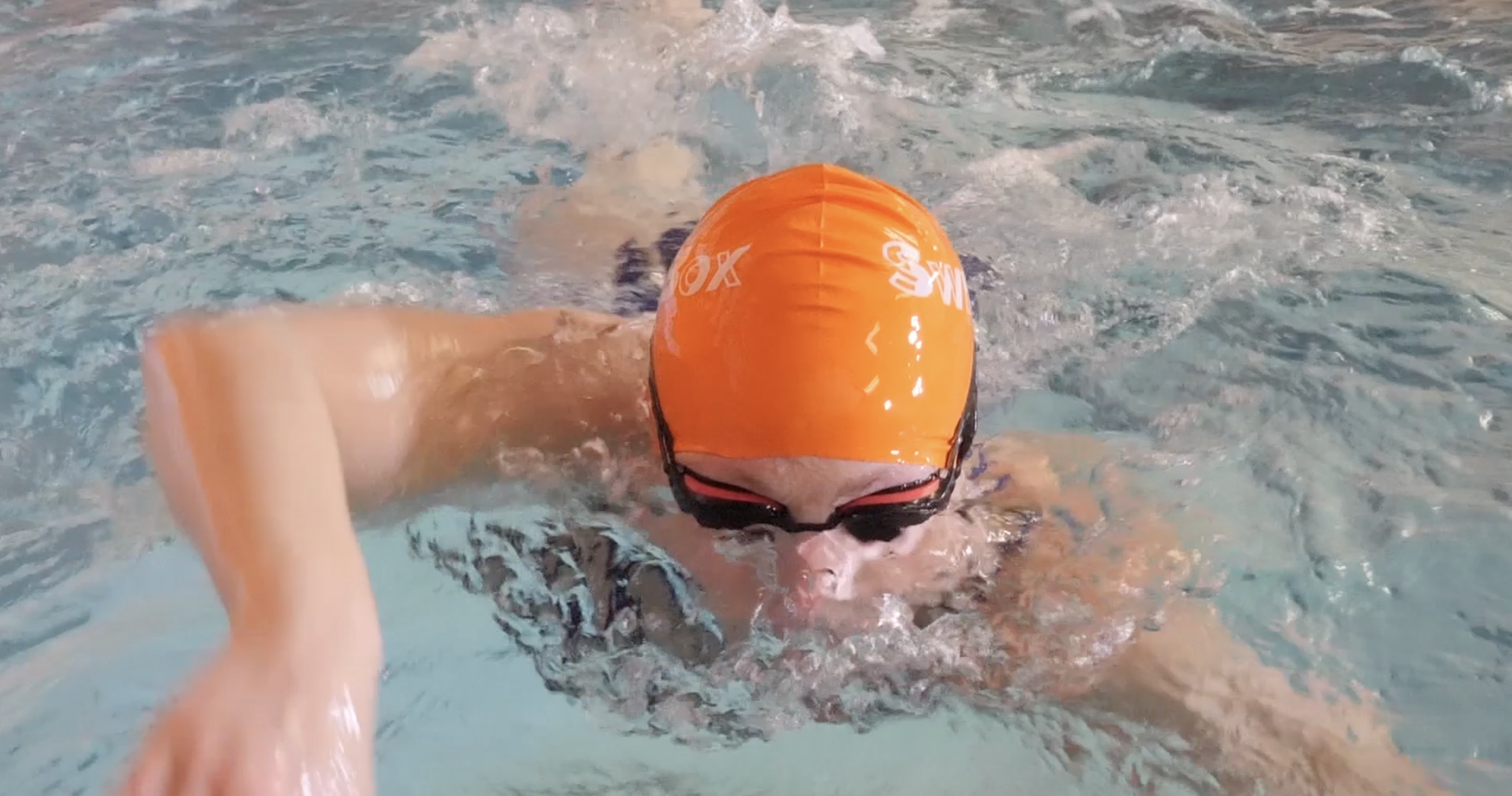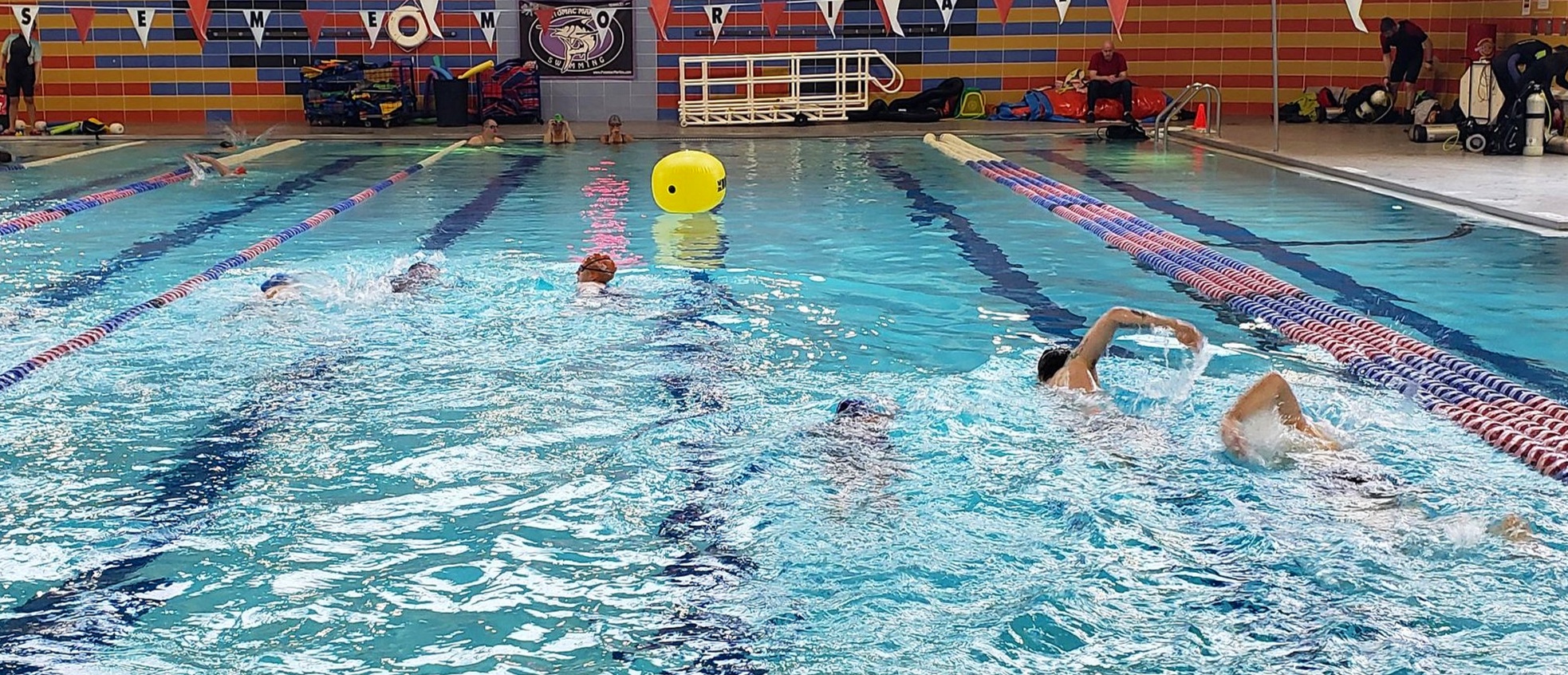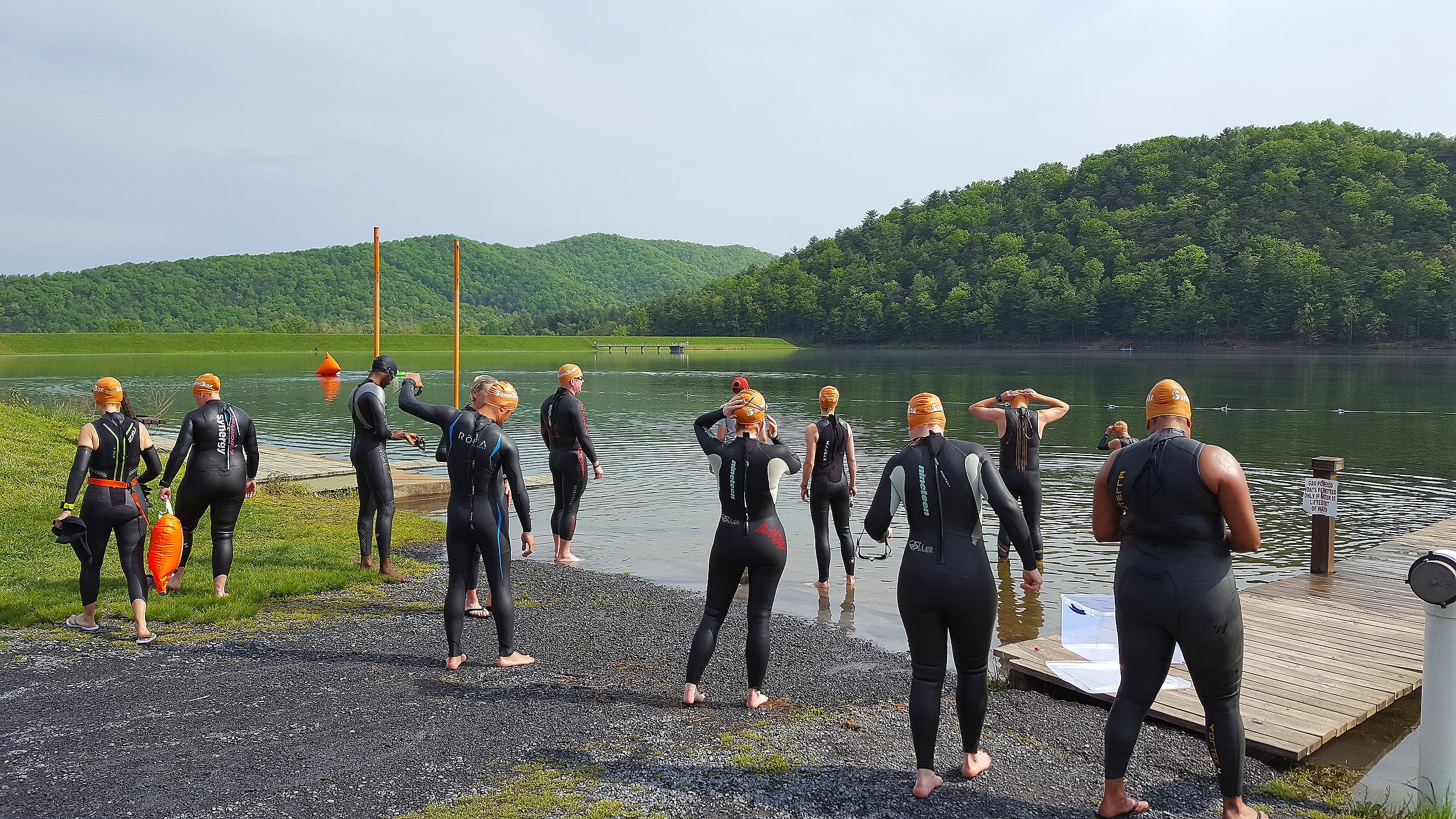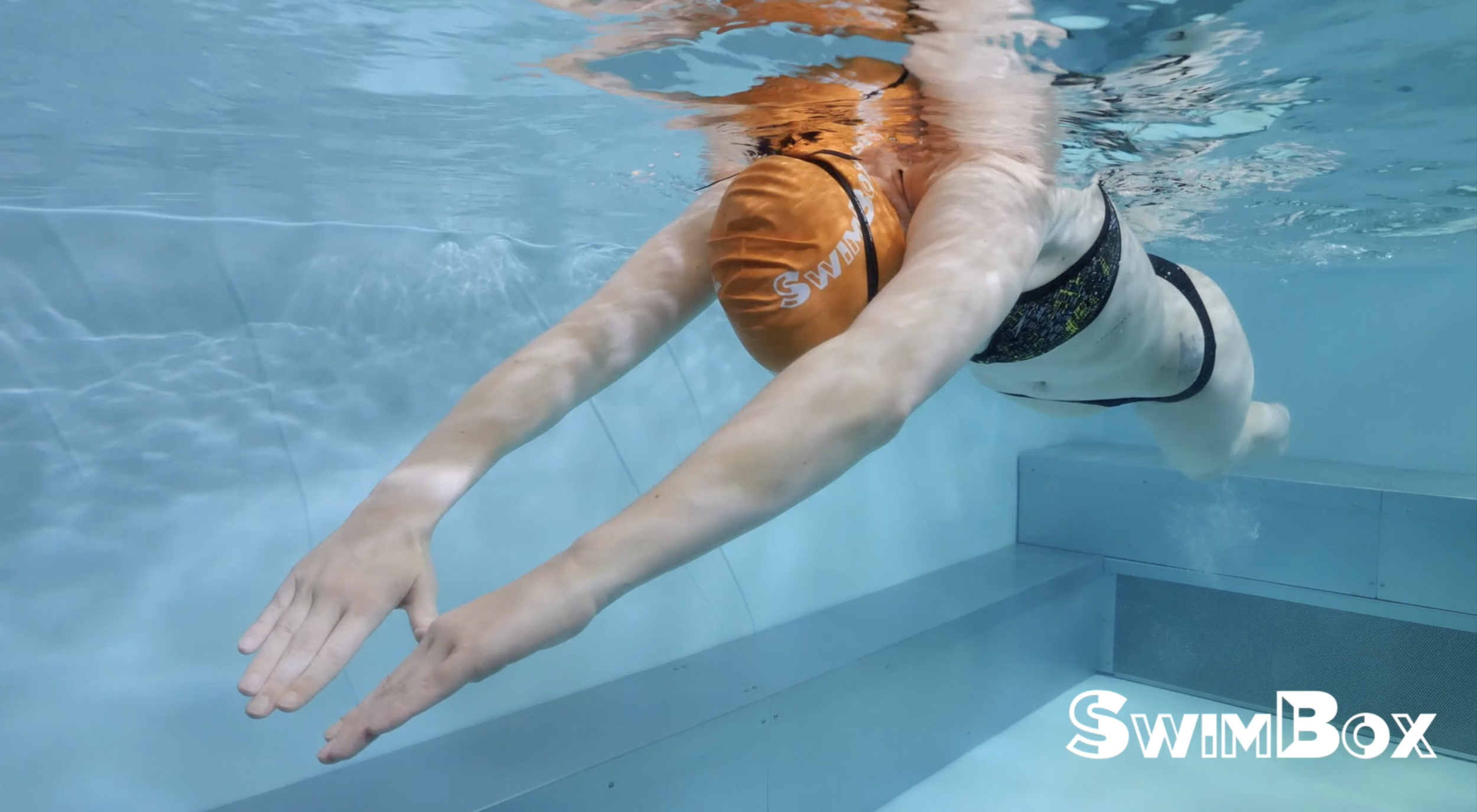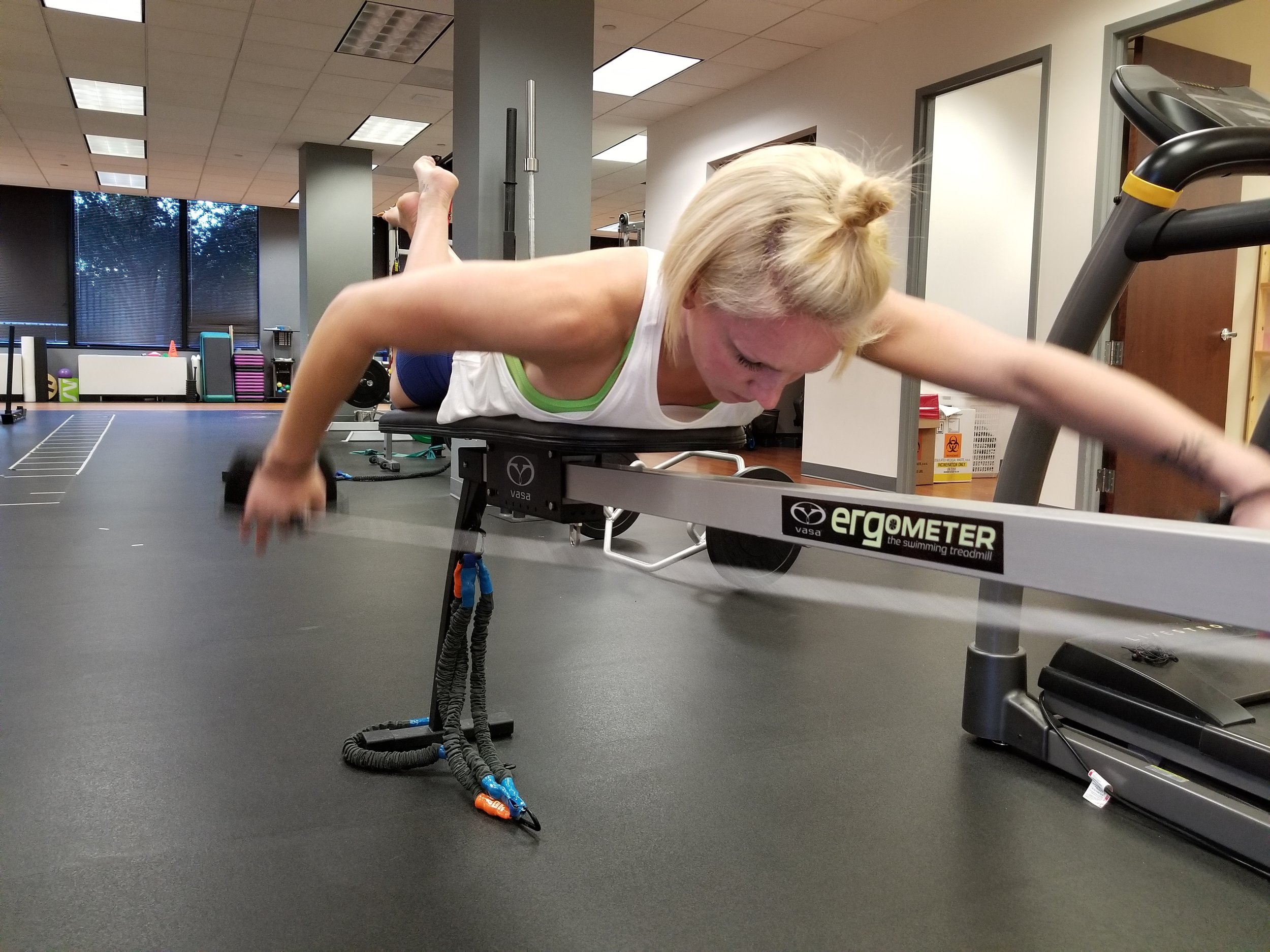There’s a lot to be said for being an adult and the wonderful benefits it has over being a kid. No parents nagging at you (let’s be real, this never goes away), sleeping in as late as you want on the weekends, letting those worn clothes pile up on the chair in your bedroom (come on, we all know this chair), ordering pizza for breakfast, I could go on and on. But the one thing I still have trouble with? Not being able to swim with a group.
All throughout my childhood, from age 6 to 23, I had teams to swim with no matter where I was or what time of day it was. Now? Not so much. Practice times for masters teams can be all over the place and finding a consistent friend to go to the pool with you never seems to be an easy feat. So what’s a wannabe mermaid to do? Get used to training solo. And the more I got used to swimming by myself, the more I realized it has a ton of benefits that swimming with a group/partner doesn’t have.
When you swim with just yourself there’s NO ONE else you have to worry about. You don’t have to get up earlier than you want to just to get to the pool at a certain time, you don’t have to make sure you swim late at night because your friend only has availability after work and before The Bachelorette, you can go whenever you want! I never had this as an option before, so when I realized I could go to the pool whenever I wanted, and I didn’t have to check with anyone besides myself, it was such a freeing realization. It might not seem like much, but being free from relying on someone else’s timetable or having rearranging your schedule to best fit your friend’s needs is incredibly liberating. When you’re used to swimming on teams or with specific groups you’re always beholden to their schedules. Now? Swim whenever you want! There are tons of gyms that open as early as 4am, close as late as 10pm, even some open 24 hours a day. I mean I wouldn’t recommend getting up at 2:15am to get your swim workout in, but hey, you do you.
My next favorite thing about swimming on your own is creating a workout completely based on your personal goals and needs. You want to kick for 90 minutes straight? Go for it. Just want to do 25s freestyle on the :40? Do it! It doesn’t matter, as long as it’s what YOU want to do. Being able to train on your own gives you the freedom and creativity to create a swim practice that combines all of your favorite things and drills that perfect your trouble areas.
The worst part of swimming on a team can be doing sets that have nothing to do with you. On most swim teams, you have sections of swimmers broken into sprint, mid-distance, and distance. I was always hopping between the sprint and mid-distance groups as I got older. But most masters teams tend to just lump everyone in the same category and provide the same workout no matter your skill set or goal in mind. Meaning if you’re a straight up sprinter who only competes in 50s and 100s, you’re still going to have to swim the set of 8x500s pace that’s written on the board. Eep, no thank you. But swimming solo? See ya later 500s, I’m sticking to sets of sprint 50s with 25s easy built in. AND NO ONE CAN TELL YOU NOT TO.
All of this is just a long-winded way of me saying that yes, it’s weird to train by yourself, and can take quite a bit of getting used to. But try to look at the positive side of things. There are so many good things to swimming on your own! Embrace them! Use this time of working out without a partner or team to really hone in on what you want to be doing and have fun with it.



